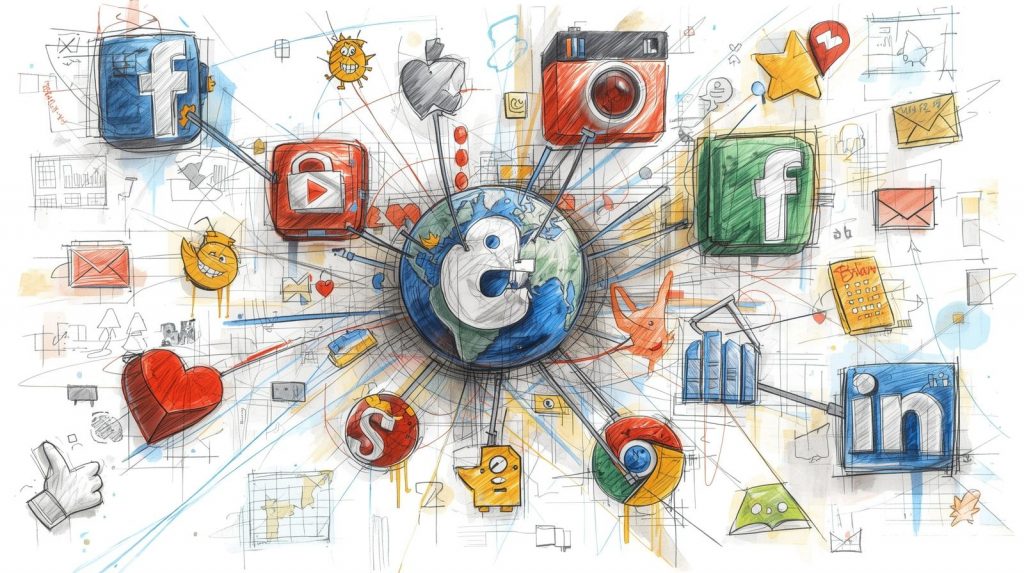
The rise of social media has transformed the way people connect, share, and communicate. Platforms like Instagram, TikTok, Facebook, and X (formerly Twitter) have not only changed personal interactions but also reshaped professional, cultural, and global communication. What once required face-to-face conversations or lengthy emails can now be expressed instantly through posts, stories, or short-form videos.
The Shift from Traditional to Digital Communication
Before social media, communication relied heavily on phone calls, letters, and in-person meetings. Today, digital platforms allow for real-time interaction across continents. This shift has made communication faster, more accessible, and more visual. Emojis, GIFs, and memes have become part of everyday language, adding new layers of expression that go beyond words.
The Rise of Visual Storytelling
Social media emphasizes visuals over text. Platforms like Instagram and TikTok thrive on photos and videos, making storytelling more engaging and immediate. This has influenced how people share experiences, with images and short clips often replacing long narratives. Visual communication has become a universal language, bridging cultural and linguistic barriers.
The Role of Social Media in Global Connectivity
Social media has made the world feel smaller. People can connect with friends, family, and strangers across the globe in seconds. Movements, trends, and ideas spread rapidly, creating a sense of global community. From political activism to viral challenges, social media has become a powerful tool for collective action and awareness.
The Impact on Professional Communication
Businesses and professionals use social media to build brands, network, and engage with audiences. LinkedIn has redefined professional networking, while platforms like Instagram and TikTok allow entrepreneurs to market products directly to consumers. Social media has blurred the line between personal and professional communication, making authenticity and relatability key to success.
Challenges of Social Media Communication
While social media offers many benefits, it also presents challenges:
- Misinformation spreads quickly, making it harder to distinguish fact from opinion.
- Shortened attention spans encourage quick consumption over deep engagement.
- Digital fatigue can result from constant notifications and the pressure to stay connected.
- Privacy concerns arise as personal information is shared more openly.
The Future of Communication
As technology evolves, social media will continue to shape communication. Emerging trends like augmented reality, virtual reality, and AI-driven content will create new ways to interact. The future may bring even more immersive and personalized communication experiences, further blending the digital and physical worlds.
Conclusion
Social media has revolutionized modern communication by making it faster, more visual, and more global. It has redefined how people connect, share stories, and build communities. While challenges remain, its influence on personal, professional, and cultural communication is undeniable. The way people communicate today—and in the future—will continue to be shaped by the ever-evolving landscape of social media.
Leave a Reply